Running 80 PSI Tires at 65 PSI: 3 Important Things You Should Know
If you are a regular driver, you probably wonder if running 80 psi tires at 65 psi is smart. Tire pressure is a significant element you should pay attention to during your journey.
This article will review what tire pressure ratings are, how to check if your tires are properly inflated, and when you should change your tires. Let’s dig into it right away!
Table of Contents
Should I Put 80 PSI in My Tires?
PSI (Pounds per Square inch ) is a term familiar with tires referring to the preferable amount of air pressure within a tire. The recommended tire pressure for tires will vary based on factors such as:
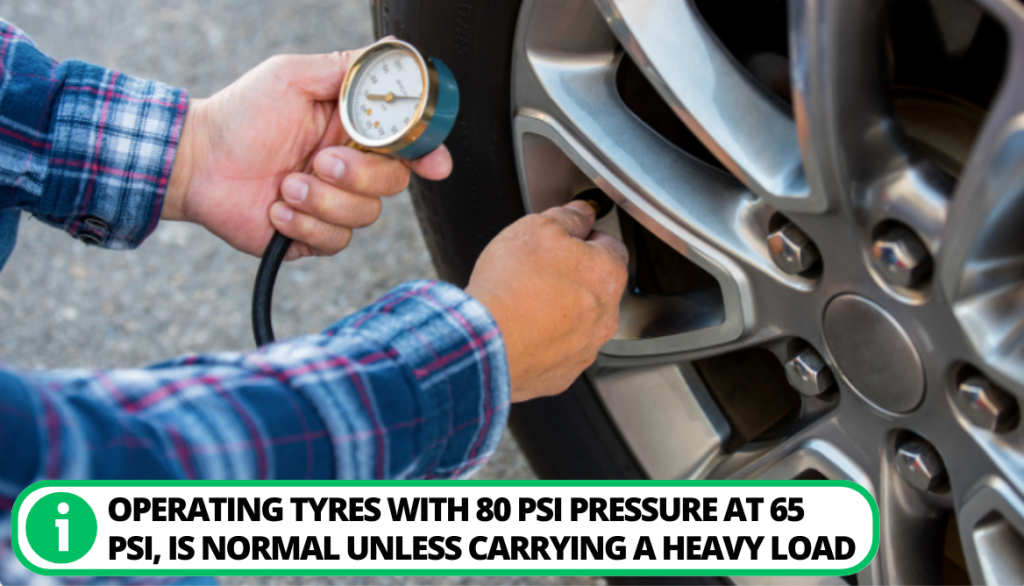
- Load Capacity,
- Vehicle type,
- Handling and performance,
- Tire wear.
Running 80 PSI tires at 65 PSI is essentially ok if you do not carry a maximum load. However, if you are, it could harm your vehicle. This is because the latter is not the recommended amount for these tires when carrying more weight.
Who Are PSI Tires For?
80 PSI is excellent for tires if:
1. You Are Handling a More Significant Load Rating
If you are dealing with vehicles with higher tire ratings, such as truck, towing, or trailer tires, they need wheels with a more significant PSI to support the heavy load. Furthermore, these tires are built using robust materials to withstand air pressure.
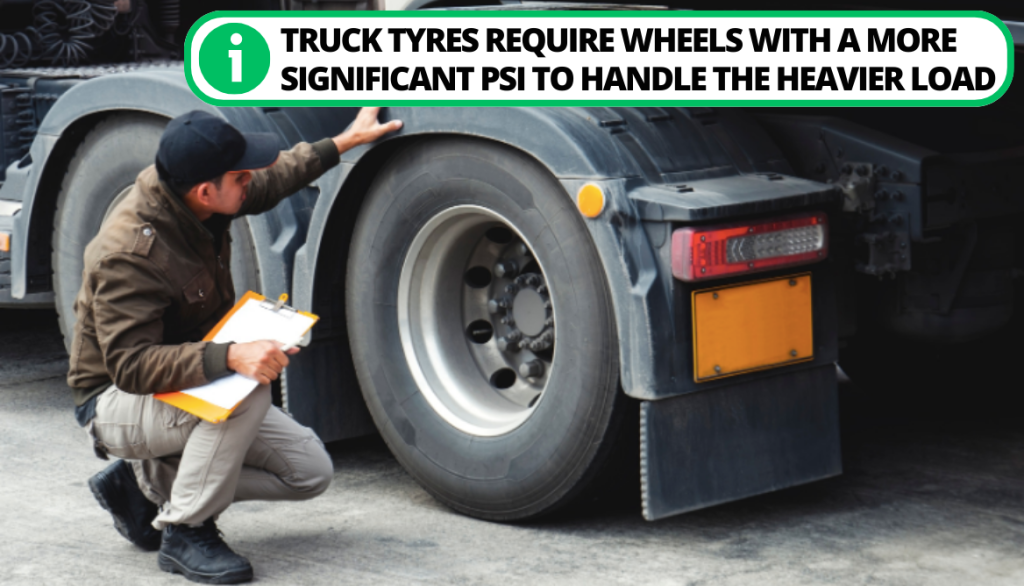
2. The Tires Are for the Specified Type of Vehicle
The recommended tire pressure is usually 40 psi and below for most passenger vehicles and light trucks because they have lower weight requirements. However, most cars under a load range E require 80 PSI tires to handle the maximum load.
3. You Seek High Performance and Stability
Tires with a higher rating provide your vehicle with better stability. They respond better and have improved control; thus are suitable cars requiring higher performance levels, such as towing vehicles.
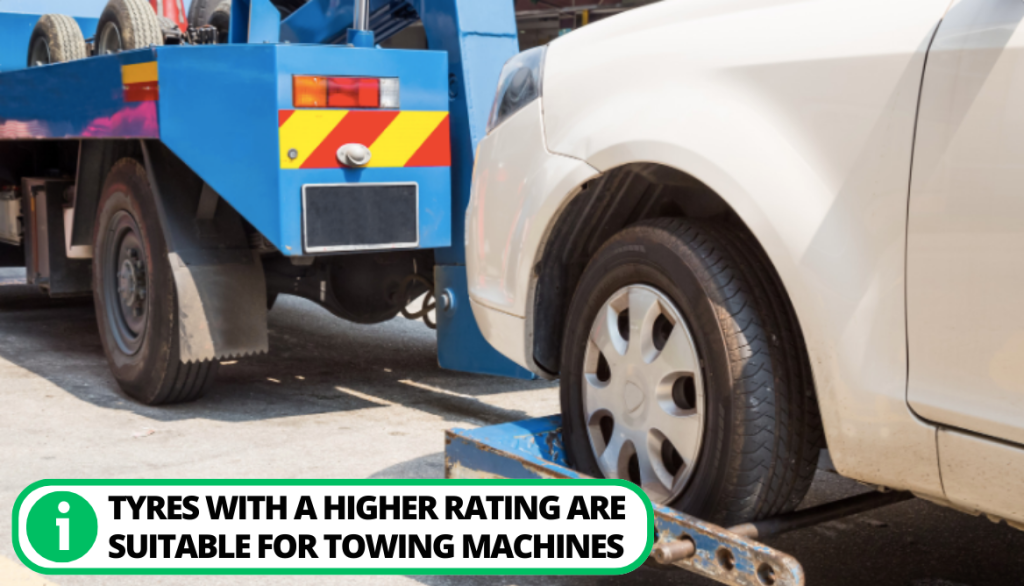
4. It is the Recommended Tire Pressure
The amount of pressure you inflate your tires directly corresponds to the amount of wear. The tire pressure directly affects tire wear patterns. Ensuring that your wheels are at the correct tire pressure ensures that they wear evenly due to the even distribution of the contact patch.
What Does 65 PSI Cold Mean?
In most cases, when you drive, your tire heats up. A cold tire refers to one in parking for more than three hours. It could also imply cold inflation of a wheel driven generally for less than a mile.
65 PSI cold refers to the tire pressure taken when the tire is at an average temperature.
What Are the Different Types of Tire Ratings?
Various tires have ratings based on structure, function, and vehicle category. Let’s look at some of the most commonly used ratings:
- Tire Size: This element refers to the width in millimeters measured from one sidewall end to the other. It is represented by a combination of numbers and letters indicating the tire’s dimensions (e.g., 205/55 R16), in which the size is 205.
- Load Index: This is a code that indicates the maximum load your wheel can support when inflated to the right amount. It varies among vehicles, with passenger vehicles ranging from 71 to 126 and trucks starting from 70 and reaching 150 or higher.
- Traction Rating: It is a measurement that highlights the tire traction performance. The following letter codes signal the level of execution:
Traction Rating | Value |
AA: | Excellent traction |
A: | Good traction |
B: | Fair traction |
C: | Lower traction |
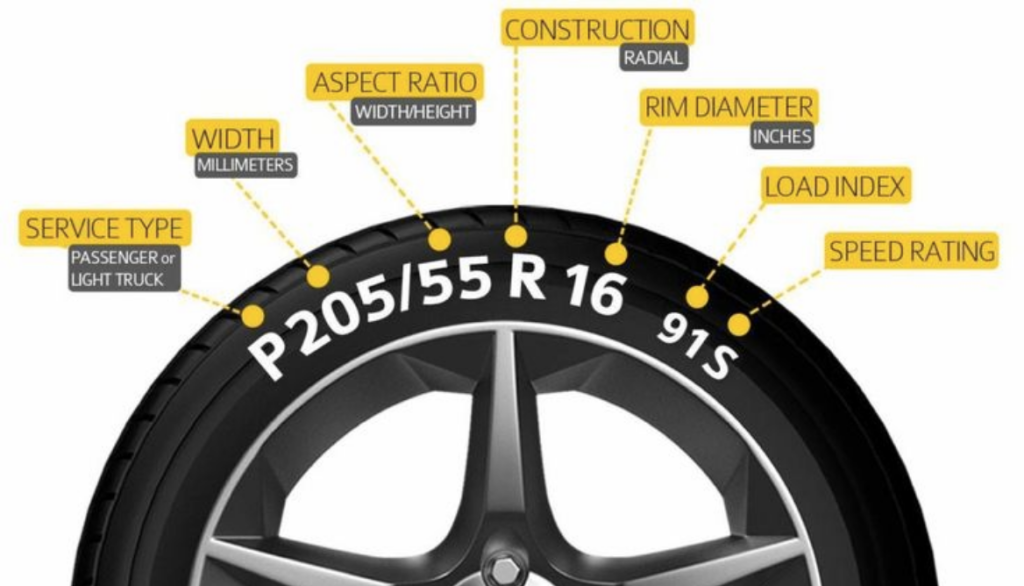
Considering all these factors, it is essential to note that the rules switch when rating tires during winter conditions. This happens because, when rating wheels, they don’t utilize letter codes but symbols.
The popular Three-Peak Mountain Snowflake symbol (3PMSF)shows the abilities of the tire when faced with server winter. The snow service symbol (a snowflake inside a mountain) denotes its ability to handle heavy loads in extreme snowy weather.
Snow Tire Air Pressure: Considering Maximum Load
Driving in the snow could be a challenge. It is advisable to reduce the wheel’s air pressure to improve traction.
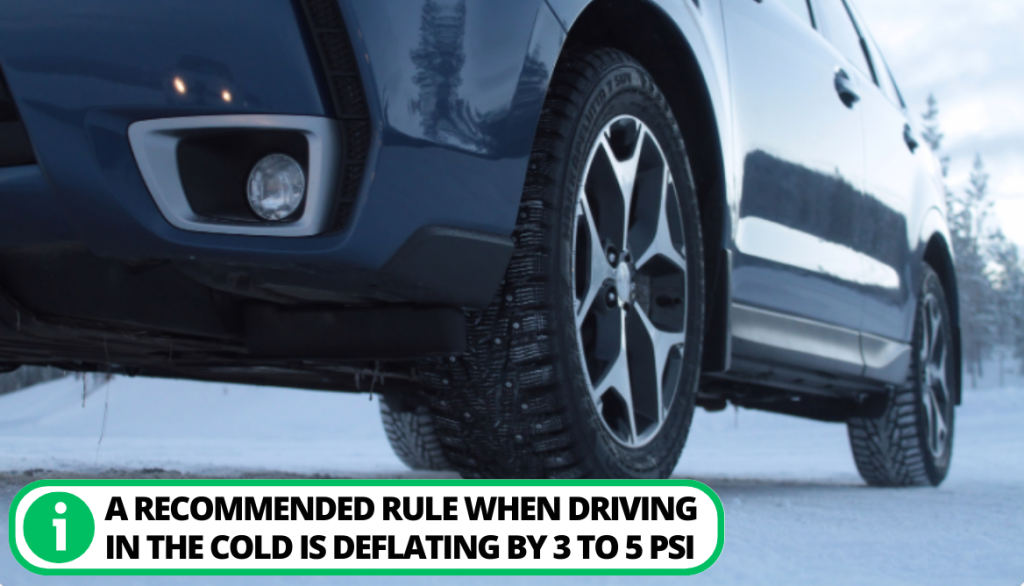
- Riding in wheels inflated to the maximum pressure could distort your ride comfort and expose you to danger.
- A recommended rule when driving in the cold is deflating by 3 to 5 PSI.
The Importance of Maintaining the Right Tire Pressure
Running your tires at the recommended PSI is essential for various reasons. Let’s look at some purposes for maintaining an optimum inflation pressure.
Signs You Should Change Your RV Tires
Your RV truck tires will require new tires and wheels after running 80 PSI tires at a lower PSI. You will need to change them after about 20,000 miles. Here are some signs that you should not continue using the same tires:
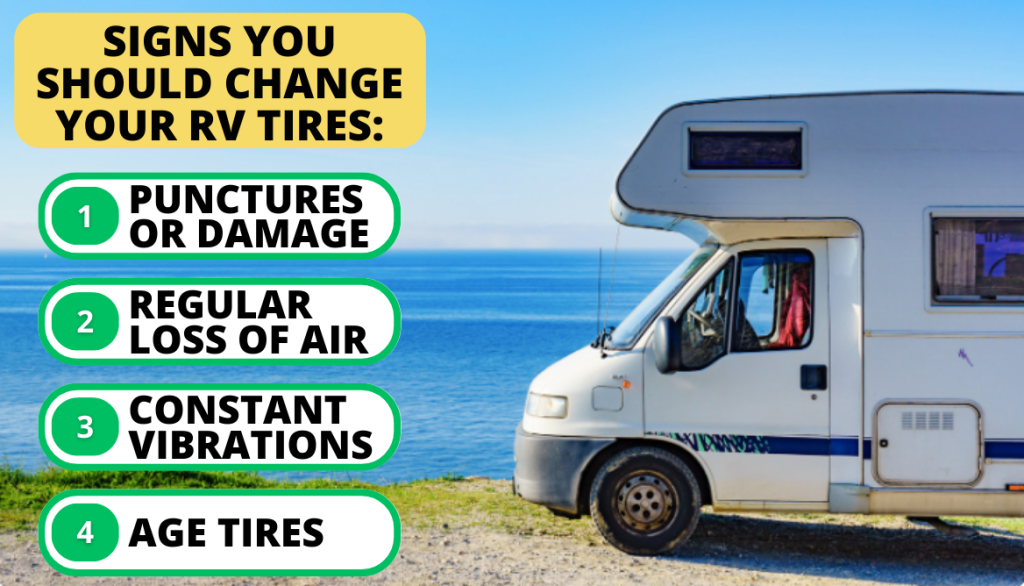
- Punctures or damage: When running your 80 PSI tires at a reduced inflation pressure, you expose your wheels to the risk of uneven wear. That could accelerate wear and cause problems like cuts or varying tread depth. Regularly inspect them, especially the rim area, to know if they need changing.
- Regular loss of air: If your tires constantly lose tire pressure after you inflate them, you might need to replace them.
- Constant vibrations: When you inflate your 80 PSI wheels at a lower pressure, you run them at a lower load rating than they were designed for. This element could emanate vibrations from your truck and may cause tire failure.
- Age: Though your tires may seem ok, they may undergo wear due to frequent use resulting in aging. Factors like UV exposure and environmental conditions may greatly contribute to this. Tire manufacturers recommend replacing tires every 5 to 7 years, regardless of tread wear.
Determining the Correct Tire Pressure: Tire Pressure Monitoring System
Ensuring your wheel meets the recommended PSI is essential because it protects you from unforeseen circumstances. Trailers and RVs have recently experienced the tire pressure monitoring system (TPMS) benefit.
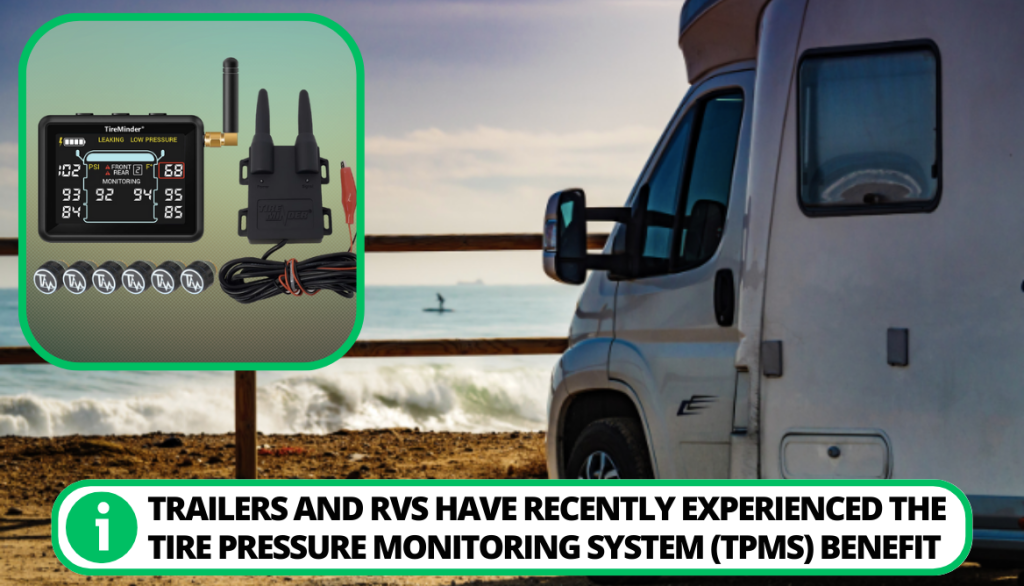
- Most TPMS have pre-set limits showing the maximum load your trailer can handle.
- These guidelines help you determine the recommended weight capacity for your trailer.
- Furthermore, they have temperature compatibility settings to indicate your air pressure on a cold or hot day.
- This feature helps you know how to inflate your tires.
FAQ
What is the recommended tire pressure for 80 psi max?
The recommended tire pressure for 80 PSI tires will depend on your vehicle’s owner’s manual. Please go through it to determine the recommended PSI.
Can a tire take 80 psi?
Yes, a tire can take 80 PSI based on factors such as the maximum inflation pressure limit and the type of vehicle it’s for, for example, passenger automobiles or towing vehicles.
What does 65 psi on a tire mean?
65 PSI on a tire indicates the maximum pressure the tire can handle under normal operating conditions. It is the optimum tire pressure that your wheels can handle without causing any trouble.
Is 65 psi too high?
65 PSI depending on your tire rating, is reasonable. If that is your wheels rating, then it is ok. You can run your wheels at maximum inflation pressure if you are carrying something heavy or slightly reduce it if not.
Should I run my tires at max psi?
Depending on the recommended value of your tire manufacturer, running your tires at maximum PSI is not advisable. You lose factors like ride comfort and traction on wet surfaces.
Conclusion
Running 80 PSI tires at 65 PSI is a phenomenon that challenges most drivers. However, this article shows its merits and demerits.
You can run your higher PSI tires at lower pressure based on factors like load capacity, tire size, type of car, and the recommendation of your manufacturer. Factors like cold or heat also affect how you inflate your wheels.
So what’s your take on running 80 PSI tires at 65 PSI? Kindly let us know in the comment section below.

I`m a current Law Enforcement Officer working within the Counterterrorism Bureau in New York State. I have been Camping for over 20 years. My styles of camping include tent, car, truck, van, and RV travel trailer. I have a YouTube channel where I teach all types of camping with an entertaining method: https://youtube.com/@TheSmallsRVAdventures






